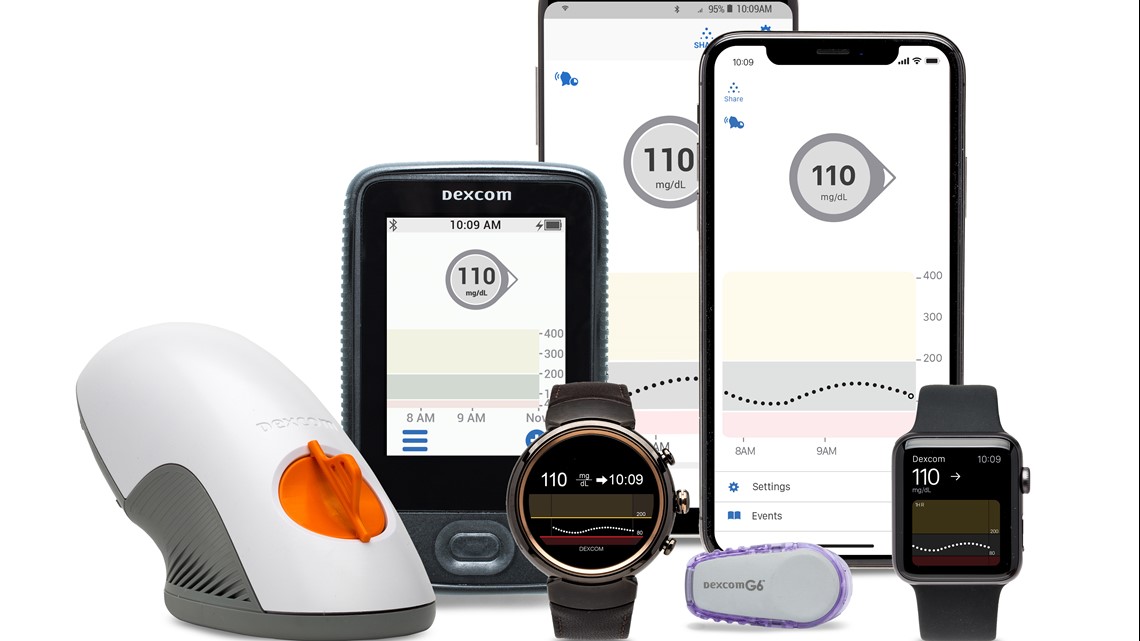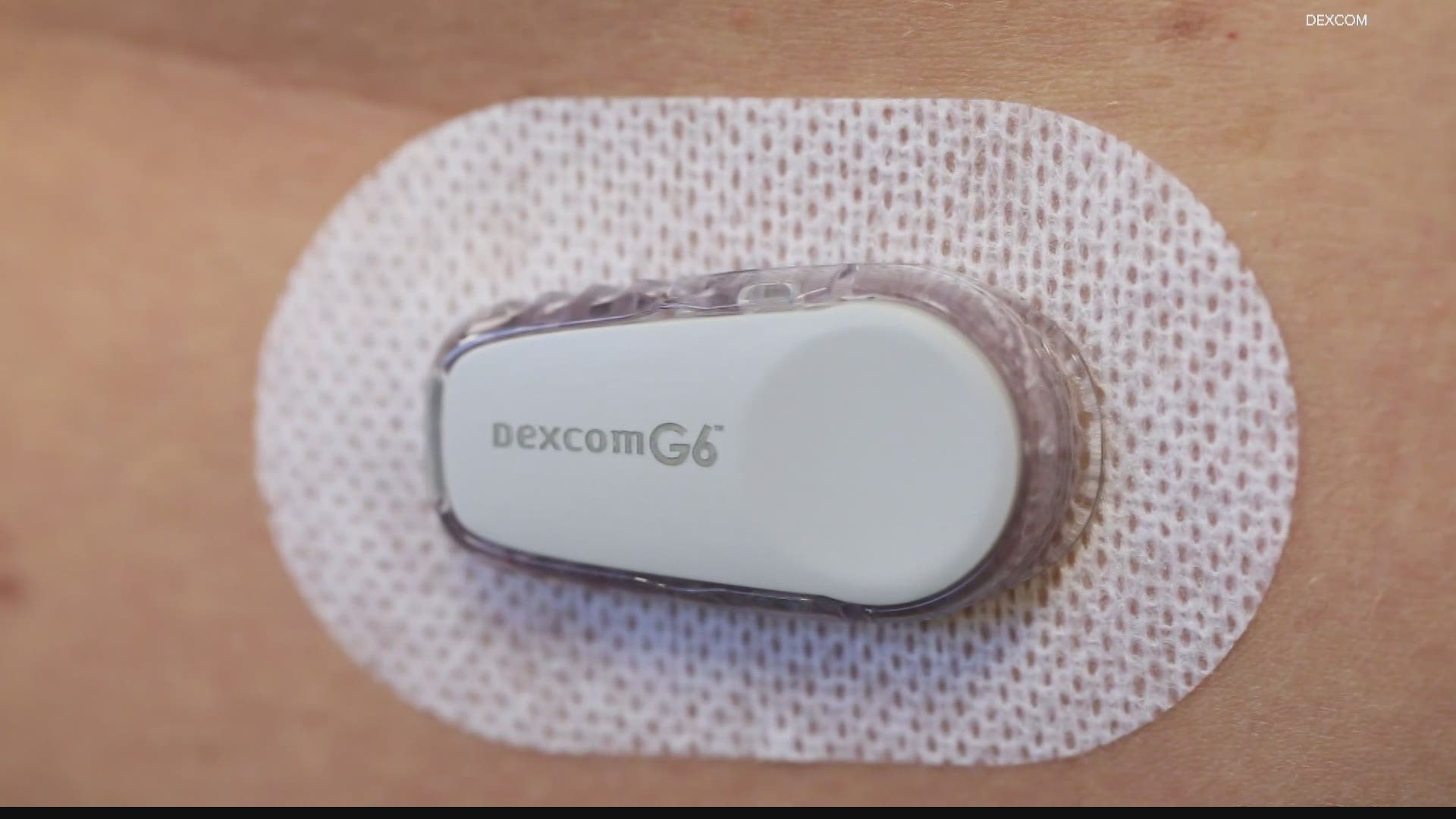INDIANAPOLIS — When it comes to blood sugar levels, “any kind of stress or infection will increase the blood glucose levels in people with diabetes but also in some people that do not have diabetes,” Dr. Swapnil Khare, Inpatient Diabetes Director at IU Health Methodist and Associate Professor of Endocrinology at IU, said.
But Khare said, “with COVID-19, the severity is much higher, and we have to take more steps to control” the glucose level.
Among COVID-19 patients, “there is a percentage that go on to develop full-blown diabetes,” Khare said.
But she stressed that the issues with glucose levels in COVID-19 patients who did not have diabetes previously, appears to resolve once they begin to get better.
Khare said there are studies currently underway that are looking into the rates of new onset diabetes in COVID-19 patients.
But regardless of whether or not a COVID-19 patient had pre-existing diabetes or not, “people with COVID-19 had much higher blood glucose levels” at a degree that Khare said was incomparable to any other kind of stress or infection.
Sometimes it requires patients to be on a continual insulin drip.
“Up to 50 percent of our patients require insulin the hospital. So, it’s quite a lot of people that have COVID-19 that have high insulin and will require frequent monitoring," Khare said.
IU Health said they have not looked into the numbers regarding which of these patients had pre-existing diabetes. But regardless, the negative impact of high glucose levels on recovery from COVID-19 remains the same.
“People who have diabetes or didn’t have diabetes, the high blood sugars can affect the recovery rate. So, people can have longer hospital stays, longer critical care stays and longer stays on [the] breathing machine,” Khare said. “And also, sometimes, unfortunately the outcomes can be poor, with some people actually dying because the high blood sugars are not controlled properly.”
COVID-19 impacts blood sugars for a lot of reasons, according to Khare. And one of those reasons is that COVID-19 “causes something called glucose resistance. That means that you need more than [the] usual level of insulin to control the blood glucose.”
“It can be just because of the inflammation. It can be because of the infection. COVID-19 specifically induces some specifically inflammatory markers," Khare said. "Some of the drugs that are used to treat COVID-19 can also cause high blood sugar."
Keeping blood sugars leveled requires monitoring.
“Usually, [nurses] do the fingerpicks three to four times at day and sometimes even more frequently,” Khare said.
Each one of those times, a nurse would be donning full personal protective equipment (PPE) and putting him/herself at risk by interacting with a known COVID-19 positive patient.
COVID-19 is taking its greatest toll on nurses.
Nurses make up 36 percent of COVID-19 hospitalizations among health care workers but only represent about 15 percent of the industry’s workforce.
So, IU Health decided to look into solution for monitoring glucose levels while minimizing the number of times a nurse would have to go into a patient's room. They decided to launch a pilot program among inpatients with Dexcom’s continuous glucose monitor, which is FDA approved for outpatient use.


“We put a small device, it’s called a continuous glucose monitor. It has a small catheter on its underside, and it's placed on the patient’s body. The catheter goes just under the skin and monitors blood glucose levels all the time and sends it to a device,” Khare said.
With that data, health care workers can determine how much insulin is needed.
“Normally, they [would have to] make the decision by going into the patient’s room to do a finger prick. Now, they only go in when they have to administer insulin,” Khare said.
Khare said they launched this program at IU Health Methodist in September and have seen that the device has decreased the number of trips into the patient’s room, allowing the hospital to “protect our nursing staff from exposure” and “of course, we are able to decrease the amount of PPE” used, allowing IU Health Methodist to “conserve our personal protective equipment.”
It’s also helping to keep patients safer.
“Because you are getting continuous data, we have an alarm for low blood sugar. So even before the sugar level is low, we know this will be a problem, and we can address it much quicker,” Khare said.
“We can see the trend that the person is going to be having low blood sugar in the next 30 minutes,” Khare said. "And that means better control of blood sugar levels and less finger pricks for patients, which is always a good thing.”

